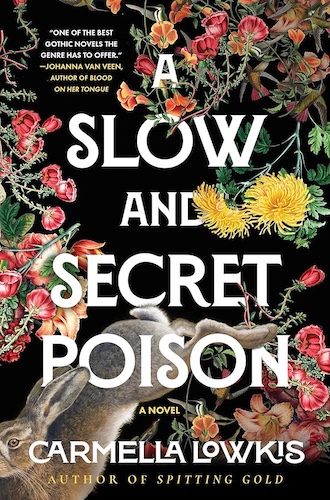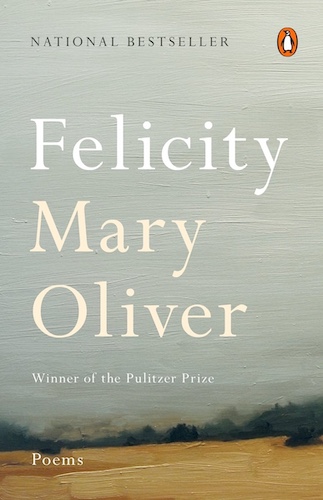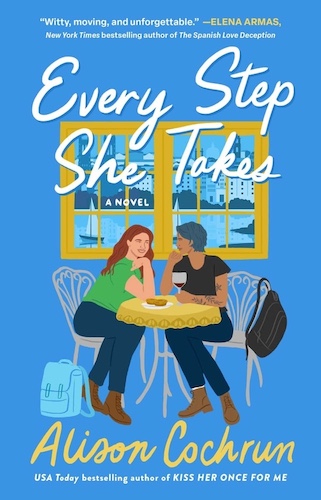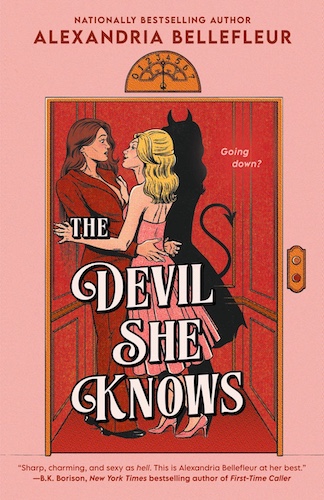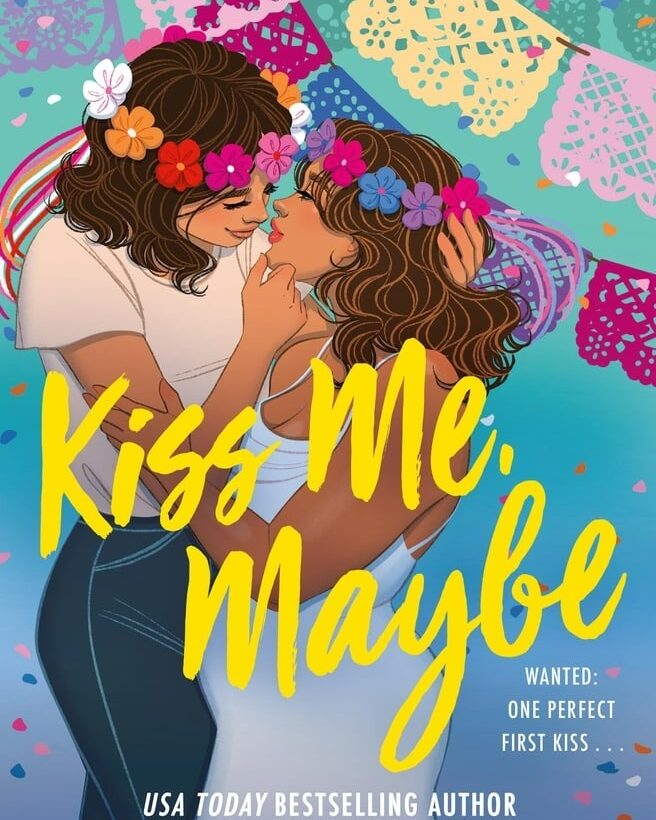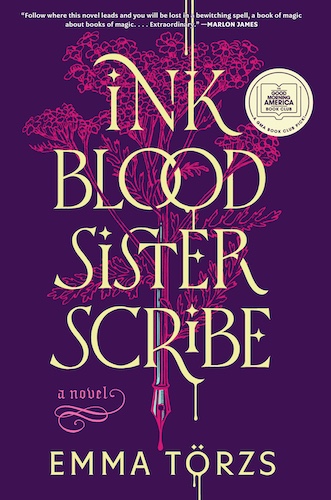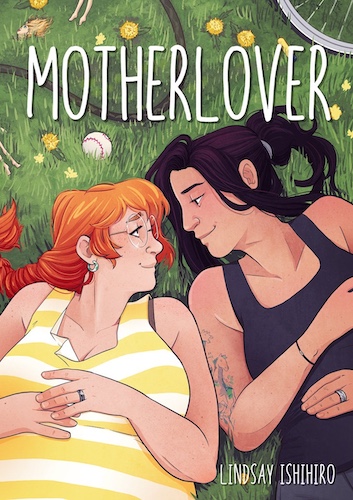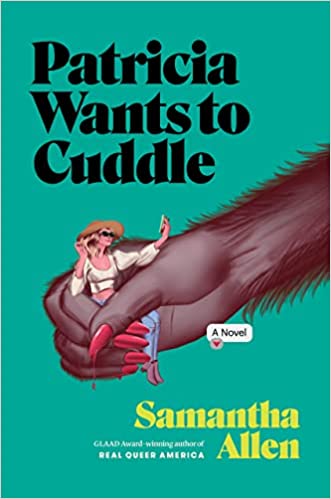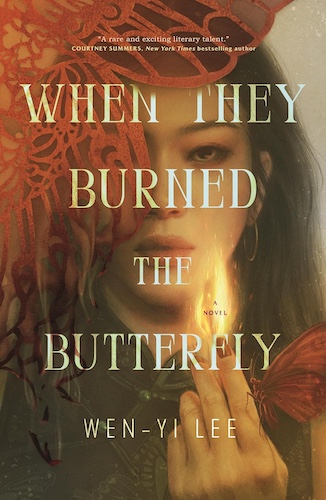You know when a bunch of factors work together in your favour to make a book particularly immersive for you? This was my experience, earlier during a holiday weekend (late October), when I read Carmella Lowkis’s sophomore novel A Slow and Secret Poison (February 10, 2026). A wonderfully atmospheric and twisty, somewhat slow-burn sapphic horror thrillerRead More
Re-reading Mary Oliver as an Adult Lesbian: A Review of Felicity
I know—a review of a Mary Oliver poetry collection? Do we really have to let the soft animal of our body love what it loves? To answer this, I offer you: 1. Mary Oliver was a lesbian!2. She dedicated this collection to her partner, Anne Taylor3. She never published “love” poetry but she couldn’t helpRead More
A Heartfelt Round-Trip: Every Step She Takes by Alison Cochrun Review
35-year-old Sadie Wells is desperate to escape her monotonous routines, family business, and some unexpected gay panic. When her injured sister offers Sadie her place on a tour along Portugal’s Camino de Santiago, she decides this is the perfect chance to get away from it all. After three glasses of wine on the plane andRead More
Let’s Make a Deal: The Devil She Knows by Alexandria Bellefleur
Alexandria Bellefleur’s The Devil She Knows is a sweet-as-sin sapphic romance. Our main character, Sam, is an underpaid and overworked pastry chef, disrespected by her boss who refuses to give her the promotion that they both know she deserves. The rotten cherry on top of the shitty sundae comes when Sam’s proposal to her would-be fiancée goes horriblyRead More
The Diversity of the Ace Experience: Kiss Me, Maybe by Gabriella Gamez
Picture this: you’re me, enjoying your whirlwind first-ever trip to the iconic Powell’s Books in Portland, and you spot a staff recommendation tag with the words “asexual lesbian” prominently featured. You are, in fact, an ace lesbian, so you’re certainly not used to accidentally finding representation in the bookstore. Naturally, you immediately pick up the book inRead More
Family Matters: Next Time Will Be Our Turn by Jesse Q Sutanto
Next Time Will Be Our Turn was the perfect book to read on an airplane, because so much of it involves characters travelling from one country to another, reflecting on what makes a home a home and what it means to live somewhere that doesn’t have room for their whole self. Fair warning, though: itRead More
These Books Can Kil: Ink Blood Sister Scribe by Emma Törzs Review
Emma Törzs’ Ink Blood Sister Scribe (William Morrow 2023) is a unique and propulsive novel about magic and family, and it was one of my biggest surprises of the year! Ink Blood Sister Scribe follows Joanna and Esther, the most recent generation of the Kalotay family, who are tasked with their family’s mission: guarding a collection of rareRead More
A Sweet and Vibrant Later-in-Life Romance Comic: Motherlover by Lindsay Ishihiro Review
On paper, Imogen and Alex couldn’t be more different. Alex is a single mother by choice, a professional musician, and a recent transplant from New York City to the suburbs. Imogen is a former teen mom who’s been married for eleven years and spends her days as a stay-at-home mom of four. But when theRead More
The Camp of “Bottoms” Meets the Drama of “The Bachelor”: Patricia Wants to Cuddle by Samantha Allen Review
Whatever you think you’re getting into with this one…think again. Patricia Wants to Cuddle is a queer comedy/horror novel told from multiple POVs, including contestants after the star of a dating show called The Catch, the producer of said dating show, the host of a remote bed & breakfast, and a series of blog posts. It starts withRead More
Old Gods, New Cities, and An Arsonist’s Lullaby: When They Burned the Butterfly by Wen-Yi Lee
One of my favorite tropes in fantasy is magic linked to body horror. Especially more so when it is treated as a volatile resource, calling into question the price of chasing power. Naturally, I had a fantastic time with Wen-Yi Lee’s When They Burned the Butterfly (October 21, 2025): a bloody, fiery saga about the horror andRead More
- 1
- 2
- 3
- …
- 24
- Next Page »
